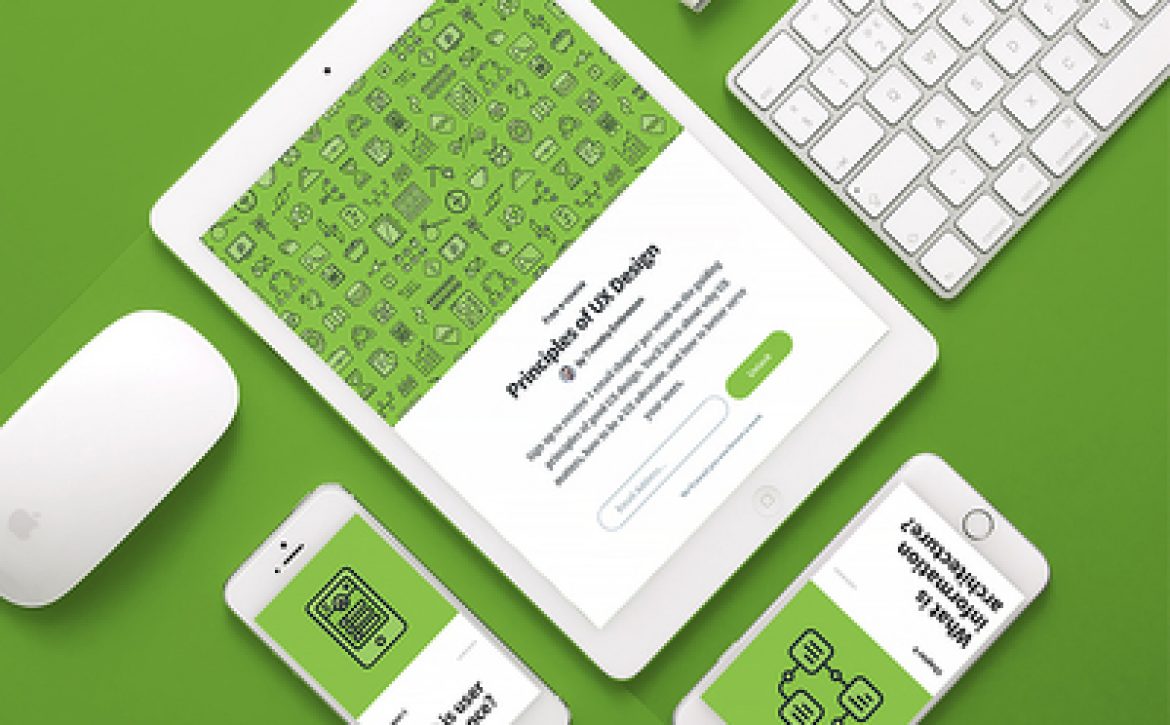4 UX Guidelines to follow for an immersive Chatbot Experience
UX Design for Chatbots
If you look at the market and business trends, Chatbots are available on almost every list. All the big businesses and brands are leveraging chatbots. On the other hand, small brands are planning to have one for their business.
Experts say that chatbots are going to cover about 85% of customer service related interactions in the coming years. However, the popularity has also increased the demand for a quality experience. Hence, businesses can’t compromise the UX design of their bots in any manner.
Sure the functionality of the bots matters a lot, but it is the user experience of the design that brings customers again and again.
Here, in this article, you will find the most valuable UX guidelines to create an impressive chatbot for your business.
1. Make it easy to understand
The initial impression matters the most in your chatbot design. The users should be able to understand the functions and the processes of the chatbot very easily. Only then, you can expect them to come back for further interactions.
So, make sure you include exciting and helpful elements in the onboarding process of the chatbot. This will make the design more impressive for the users.
2. Add elements to maintain the conversational flow
Many times, the users don’t realize that they are interacting with a chatbot. So, if the bot does not maintain a conversational flow, the users might leave and never come back.
To avoid this, it is important to add elements that can help you maintain a conversational flow. A chatbot can ask pre-defined questions or present suggestions to the user. These elements in the design help out the user throughout the conversation. Some of the advanced chat platforms such as Facebook Messenger and Kik leverage such elements in their chat methods. These platforms offer regular response suggestions during an ongoing conversation, which helps the users.
3. Give it a consistent personality
The personality of the chatbot is probably the most important UX design component. The goals should be to attain consistency. Plus, the bot should sound friendly during the conversation.
To achieve that, you need to focus on providing clear diction capacity and simple language to the chatbot. Use a vocabulary that is generally used in the common language. This will make the conversations more smooth and friendly.
4. Prepare chatbot for anticipated issues
A conversation between a human and a chatbot presents some difficulties. Sometimes, a user might ask an invalid question or a query, which won’t allow the Chabot to answer. However, that should not stop the conversation. Your design should get the user on the right track for the conversations to flow. For that, you can include polite reminders of the purpose of the bot. The bot can provide suggestions and tips to help the user ask the right questions and queries. This way, the conversation won’t end in the middle.
So, in this way a good UX can help you create an impressive chatbot and also create immersive user experiences for your customers.





























